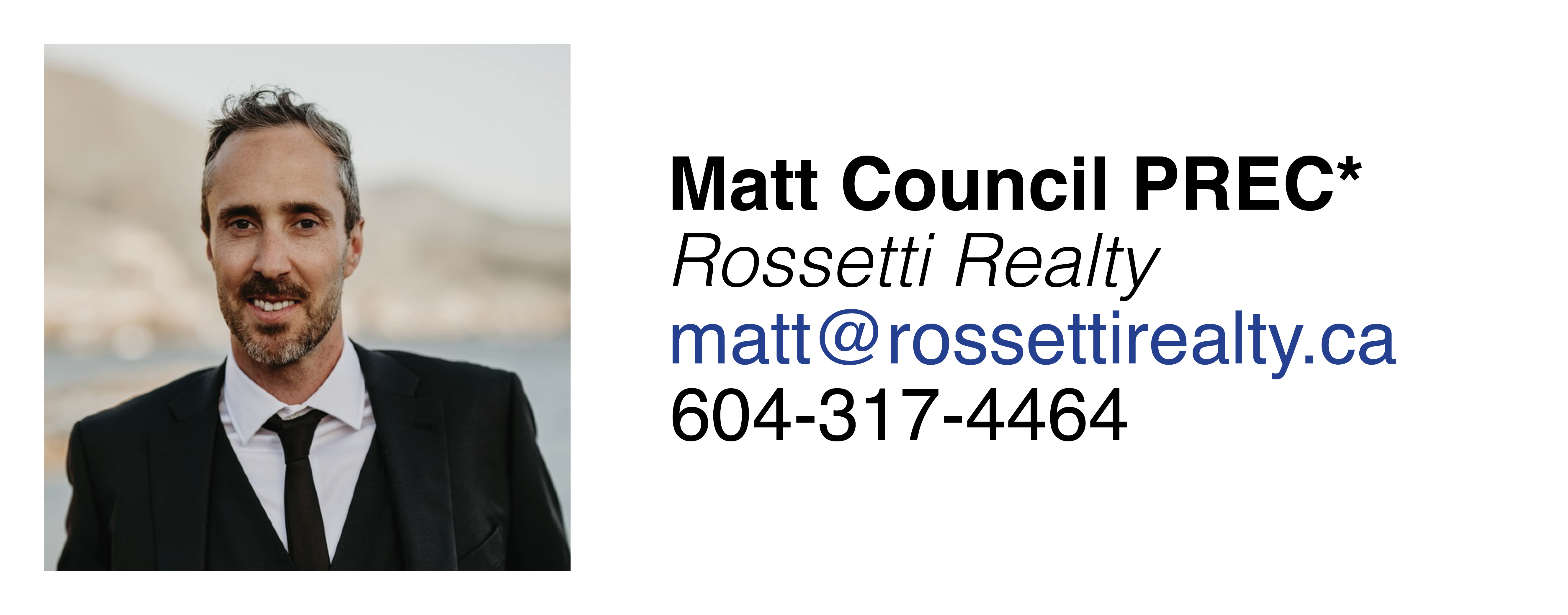Freehold vs. Leasehold in North Vancouver: Part 2
As housing demand continues to rise across British Columbia and Canada, all levels of government are rethinking how to make homeownership more attainable - while also preserving long-term control of public land. One model gaining traction: leasehold housing.
Unlike traditional freehold ownership, where buyers own both the home and the land beneath it, leasehold models allow homeowners to purchase the structure while leasing the land from a government, First Nation, or institutional landholder. One of the most familiar local examples is Raven Woods in North Vancouver, where homes sit on a 99-year prepaid lease from the Tsleil-Waututh Nation.
And this isn’t just a legacy approach - it’s actively shaping new developments across the region.
In West Vancouver, the proposed Weston Place development would be built on District-owned leasehold land, just steps from Dundarave Village and the waterfront. By leasing rather than selling the land, the municipality retains control of the property over the long term, while still enabling new, high-quality housing in a prime location.
In Central Lonsdale, the Harry Jerome Neighbourhood Lands are being redeveloped by Darwin Properties on a long-term leasehold from the City of North Vancouver. This large, multi-phase project includes residential, civic, and public spaces, showing how cities can unlock valuable public land to create complete communities - without giving up ownership.
These projects reflect a growing shift in how local governments approach land stewardship. Instead of selling off irreplaceable assets, they’re choosing to retain land ownership, support housing creation, and maintain influence over long-term community outcomes.
For buyers, leasehold can mean access to lower-priced homes in neighbourhoods that would otherwise be out of reach - particularly as construction and land costs continue to rise. While leasehold properties may see slower appreciation and come with different financing considerations, they offer a valuable option for first-time buyers, downsizers, and those looking for a lower entry point into a desirable market.
From transit-adjacent development to municipal land holdings, we’re likely to see more leasehold projects proposed in the coming years - particularly as senior levels of government look to accelerate housing supply without giving up the long-term value of public land.
Matt's Final Thought
It may take time for buyers and investors to feel fully comfortable with leasehold ownership - especially in a market where freehold has long been the standard. But as affordability challenges persist and development costs continue to climb, leasehold housing could play a bigger role in unlocking much-needed supply. When structured thoughtfully, it has the potential to offer long-term value for both homeowners and communities.

